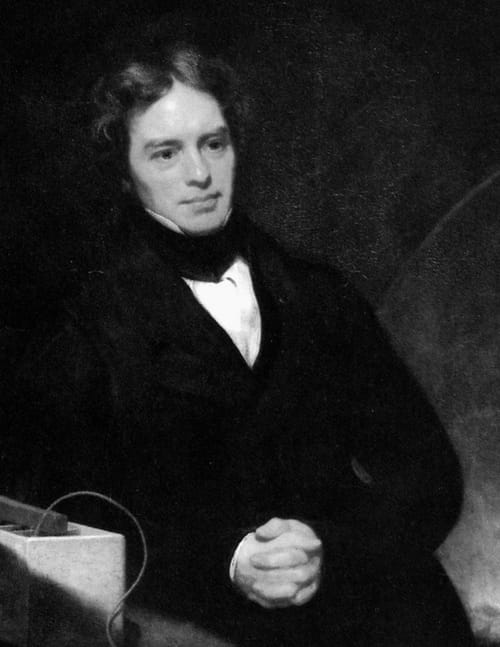
Photo Attribution: Thomas Phillips, Public domain, via Wikimedia Commons
Michael Faraday
This example has been viewed 288x times
Summary
Rodden Rating
Analysis for Michael Faraday
Biography
Michael Faraday (/ˈfærədeɪ, -di/; 22 September 1791 – 25 August 1867) was an English chemist and physicist who contributed to the study of electrochemistry and electromagnetism. His main discoveries include the principles underlying electromagnetic induction, diamagnetism, and electrolysis. Although Faraday received little formal education, as a self-made man, he was one of the most influential scientists in history.[1] It was by his research on the magnetic field around a conductor carrying a direct current that Faraday established the concept of the electromagnetic field in physics. Faraday also established that magnetism could affect rays of light and that there was an underlying relationship between the two phenomena.[2][3] He similarly discovered the principles of electromagnetic induction, diamagnetism, and the laws of electrolysis. His inventions of electromagnetic rotary devices formed the foundation of electric motor technology, and it was largely due to his efforts that electricity became practical for use in technology.[4] The SI unit of capacitance, the farad, is named after him.[5]
As a chemist, Faraday discovered benzene, investigated the clathrate hydrate of chlorine, invented an early form of the Bunsen burner and the system of oxidation numbers, and popularised terminology such as "anode", "cathode", "electrode" and "ion". Faraday ultimately became the first and foremost Fullerian Professor of Chemistry at the Royal Institution, a lifetime position.
Faraday was a highly principled scientist, who devoted considerable time and energy to public service, largely unpaid. He worked on optimising lighthouses and protecting ships from corrosion. With Charles Lyell, he produced a forensic investigation on a devastating colliery explosion at Haswell, County Durham,[6] indicating for the first time that coal dust contributed to the severity of the explosion,[6] and demonstrating how ventilation could have prevented it.[6] Faraday also investigated industrial pollution at Swansea, air pollution at the Royal Mint, and wrote a letter to The Times detailing the foul condition of the River Thames during The Great Stink.[7] He refused to work on developing chemical weapons for use in the Crimean War, citing ethical reservations. He declined to have much of his work published, preferring people to recreate the experiments for themselves, to better experience the discovery, and once stated to a publisher: "I have always loved science more than money & because my occupation is almost entirely personal I cannot afford to get rich."[8]
Faraday was an experimentalist who conveyed his ideas in clear and simple language. His mathematical abilities did not extend as far as trigonometry and were limited to the simplest algebra. Physicist and mathematician James Clerk Maxwell took the work of Faraday and others and summarised it in a set of equations which is accepted as the basis of all modern theories of electromagnetic phenomena. On Faraday's uses of lines of force, Maxwell wrote that they show Faraday "to have been in reality a mathematician of a very high order – one from whom the mathematicians of the future may derive valuable and fertile methods."[9]
Albert Einstein kept a portrait of Faraday on his study wall, alongside those of Isaac Newton and James Clerk Maxwell.[10] Physicist Ernest Rutherford stated, "When we consider the magnitude and extent of his discoveries and their influence on the progress of science and of industry, there is no honour too great to pay to the memory of Faraday, one of the greatest scientific discoverers of all time."[1]
Source: https://en.wikipedia.org/wiki/Michael_Faraday
Raw Data
Horoscope Data
Comments
Natal Data
1791-09-22 Unknown Time GMT
51° 29′ 36.3″ N 0° 6′ 2.6″ W
Newington Butts, London, UK












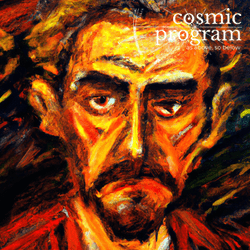







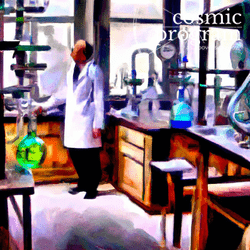



























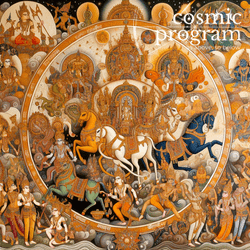




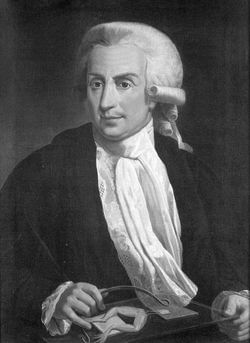
.jpg?bossToken=49322f64b79ba87d6472c753d43da97b5f3a253b2af4821d18b22eef61c7cec6)
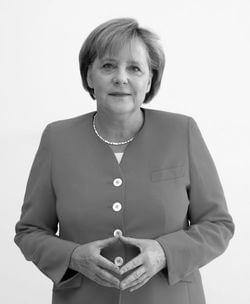
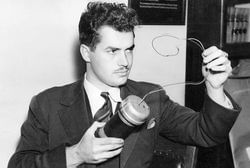
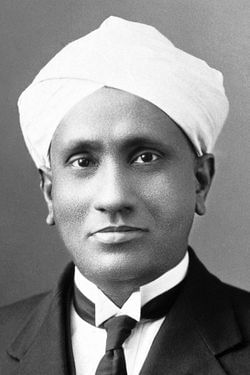
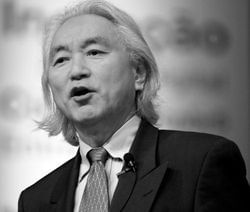
.jpg?bossToken=08c481a3fa0c716226f91b7380858b2bc4263bf36df763df30dfc804d5be6135)

.jpg?bossToken=bd215e8cb514788b86032e9c2fb26e6cefef928a420e95e5227eb9d00f05b6f0)



